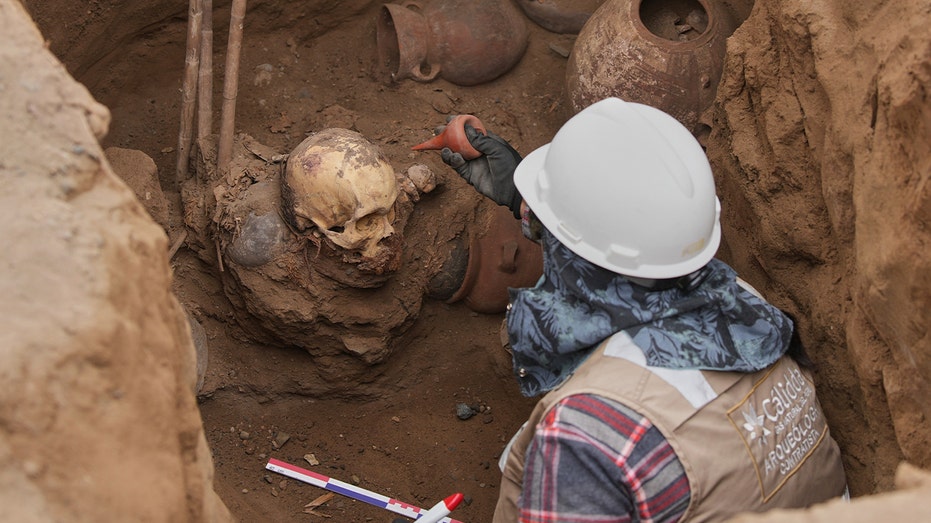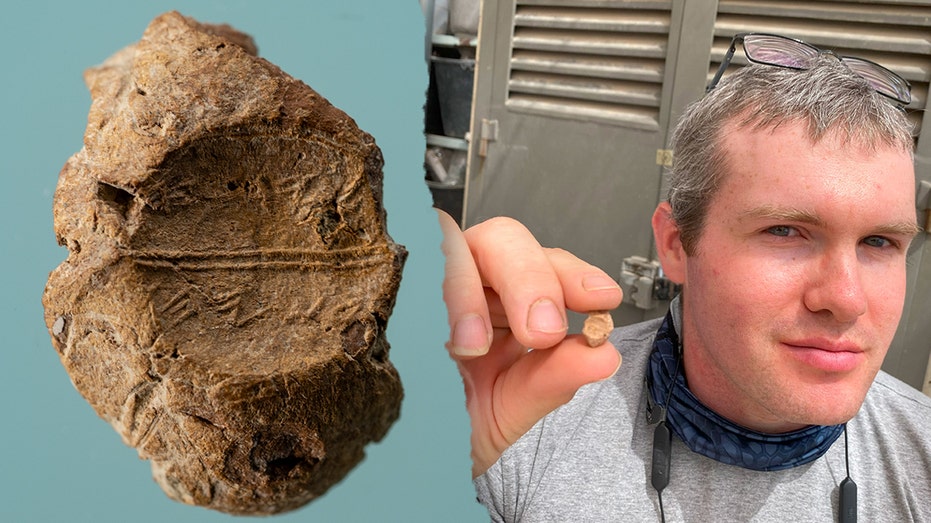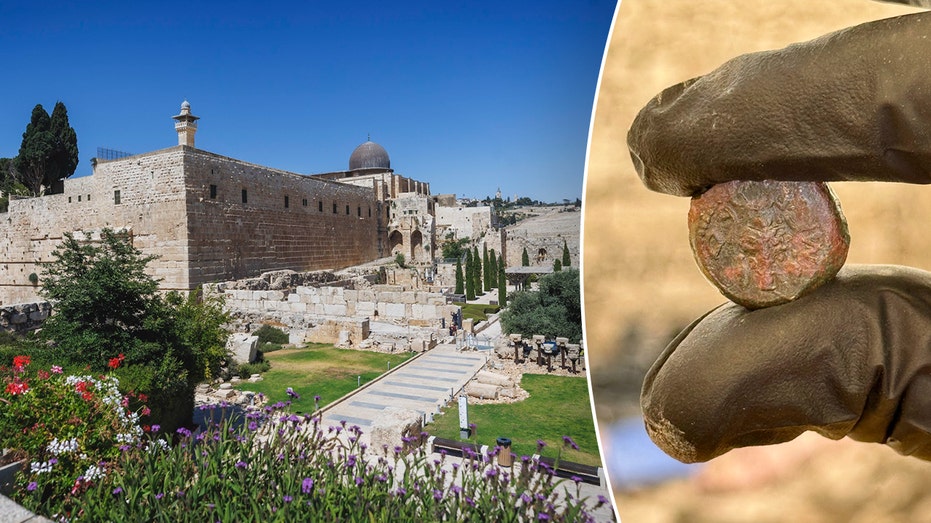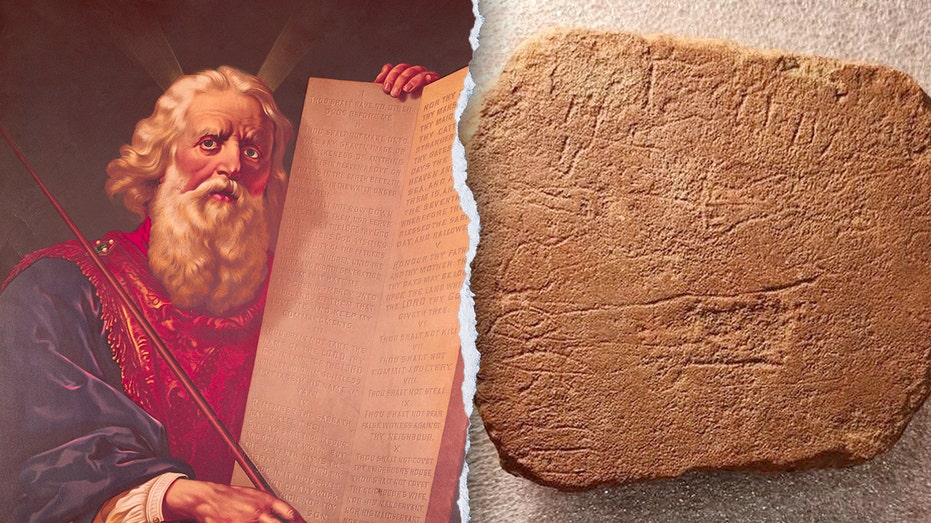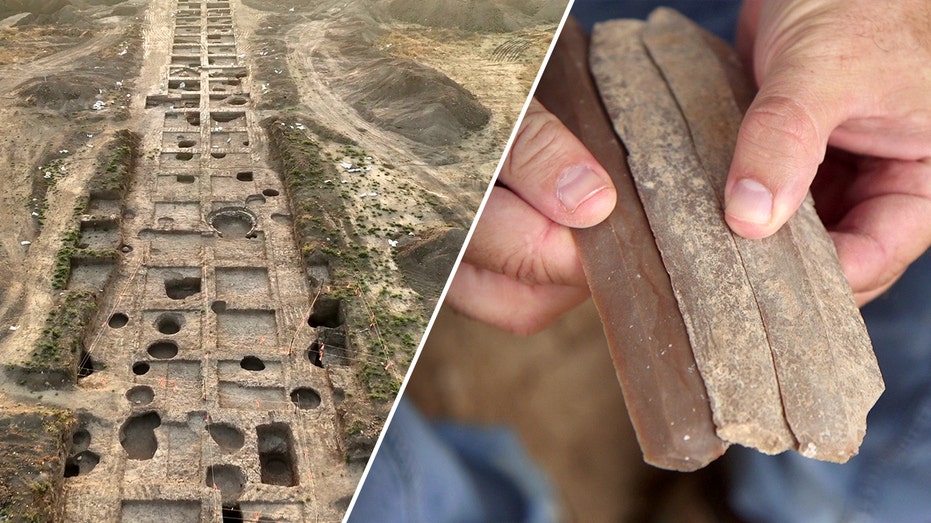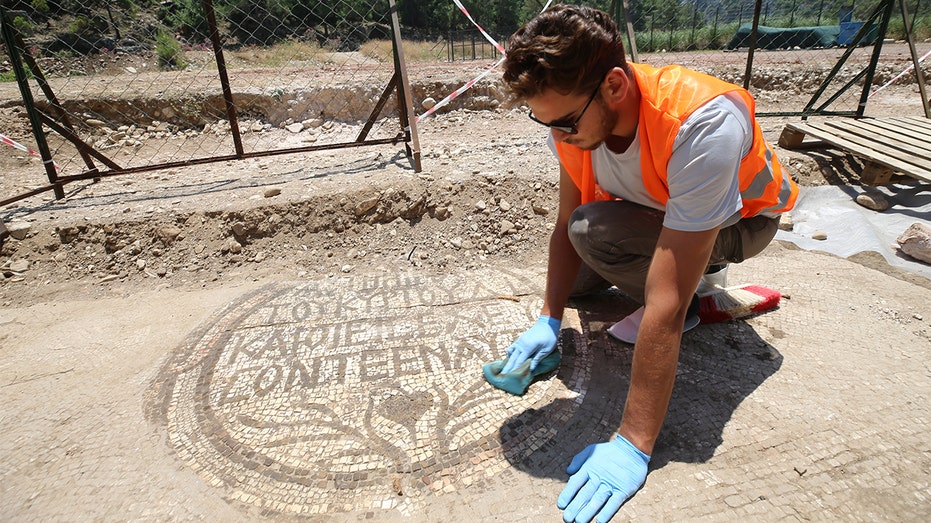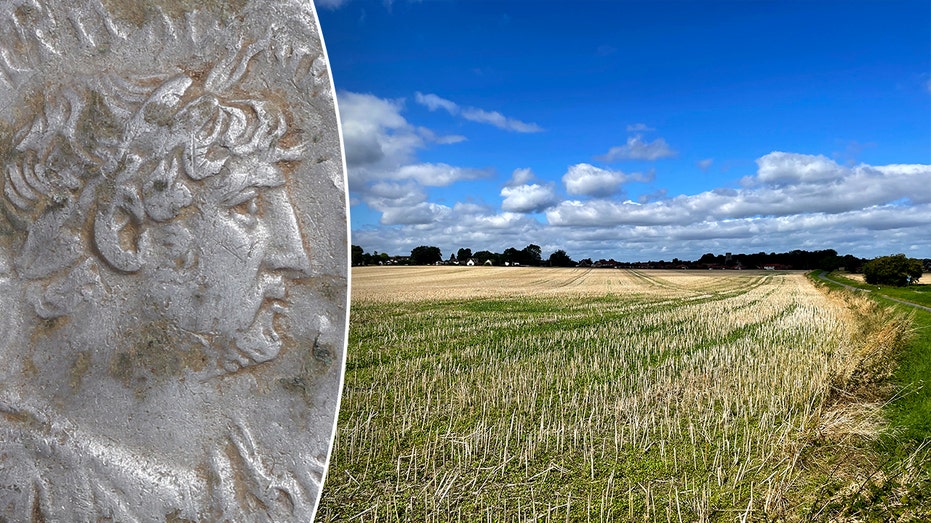Lima's Hidden History: Analyzing the Discovery of Pre-Incan Tombs

Sarah Johnson
August 12, 2025
Brief
Analysis of the pre-Incan tomb discoveries in Lima, Peru, highlighting the Chancay culture, urban development challenges, and the importance of archaeological preservation.
Unearthing the Past: What the Chancay Tombs Reveal About Lima's Hidden History
Opening Analysis: The discovery of two pre-Incan tombs in Lima during routine utility work is far more than just a news item; it's a window into the rich, layered history beneath our modern cities and a reminder of the civilizations that thrived long before our time. This finding underscores the immense archaeological potential that remains hidden, particularly in urban centers with deep roots.
The Bigger Picture: Chancay Culture and Pre-Incan Peru
To fully appreciate the significance of these tombs, we must understand the Chancay culture. Flourishing from approximately 1000 to 1470 A.D. in the coastal valleys north of Lima, the Chancay people were renowned for their textile artistry, pottery, and sophisticated agricultural practices. Their society existed contemporaneously with other pre-Incan cultures, eventually being incorporated into the expanding Inca Empire. Understanding the Chancay provides crucial context on the diverse tapestry of ancient Andean civilizations that predated and influenced the Incas.
The Inca Empire, which rose to prominence around 1400 A.D., is often the lens through which we view ancient Peru. This focus often overshadows the diverse array of cultures that preceded it, each with its unique customs, social structures, and artistic expressions. The Chancay culture offers a valuable glimpse into this pre-Incan world, challenging our monolithic understanding of Andean history.
What This Really Means: A City Built on History
The frequent discovery of archaeological remains in Lima is no accident. The city, founded by the Spanish in the 16th century, sits atop millennia of human habitation. Successive civilizations built upon the foundations of their predecessors, leaving a rich archaeological layer beneath the modern metropolis. This discovery highlights the ethical and logistical challenges of urban development in historically rich areas. As cities expand, how do we balance progress with the preservation of our shared cultural heritage?
Moreover, the state of the tombs – one empty, the other containing remains and artifacts – raises intriguing questions. Was the empty tomb looted in antiquity? What was the social status of the individual buried with grave goods? Further investigation of the artifacts and skeletal remains could provide valuable insights into Chancay burial practices, social hierarchies, and belief systems.
Expert Perspectives
Dr. Emily Dean, archaeologist specializing in Andean civilizations: "These findings highlight the remarkable continuity of human occupation in the Lima region. The Chancay culture offers a crucial perspective on the pre-Inca landscape, showcasing the diverse societies that contributed to the Andean tapestry."
Dr. Ricardo Torillo, expert in Peruvian historical preservation: "The challenge lies in integrating archaeological preservation into urban development. Collaboration between utility companies, archaeologists, and the government is essential to ensure that these discoveries are properly documented and protected."
Data & Evidence
According to the Peruvian Ministry of Culture, over 400 archaeological sites are located within the Lima metropolitan area. This high concentration underscores the city's extraordinary historical significance and the ongoing need for archaeological monitoring during construction projects. Cálidda's track record of over 2,200 archaeological discoveries in the past two decades further illustrates the frequency of such finds.
Looking Ahead
The ongoing excavations and analysis of the tombs and artifacts will undoubtedly yield further insights into the Chancay culture and its relationship with other pre-Incan societies. However, this discovery also brings to light the broader issue of preserving archaeological heritage in rapidly developing urban environments. It necessitates a reevaluation of urban planning policies and a stronger emphasis on cultural resource management.
Furthermore, the local community's reaction, as exemplified by Flor Prieto's surprise and excitement, underscores the importance of engaging the public in archaeological discoveries. These findings offer an opportunity to educate and inspire future generations about Peru's rich and complex past.
The Bottom Line
The unearthing of pre-Incan tombs in Lima represents more than a mere archaeological find. It's a stark reminder of the civilizations that lie beneath our feet, the complexities of urban development in historically rich areas and the need for comprehensive approaches to preserving cultural heritage for further generations.
FAQ: Understanding Lima's Archaeological Discoveries
Why are so many archaeological discoveries made during utility work in Lima?
Lima is built on top of layers of previous civilizations, including the Lima, Wari, and Chancay cultures, in addition to the later Inca and Spanish colonial presence. Utility work, which often involves digging deep into the earth, inevitably unearths remnants of these past societies. Lima's unique geographical location and long human history account for the frequency of these finds.
What are the primary challenges in preserving archaeological sites in urban environments like Lima?
The primary challenges include balancing urban development with the need to protect archaeological sites, securing funding for excavation and preservation, and preventing looting and illegal trafficking of artifacts. Also, integrating archaeological findings into education and cultural tourism and gaining public support for preservation efforts are vital.
Topics
Editor's Comments
While the discovery of these tombs is exciting, it also raises ethical questions about how we treat the remains of past civilizations. Are we adequately respecting the cultural traditions and beliefs of the Chancay people when we excavate and study their burial sites? It’s crucial we approach these investigations with sensitivity and engage with indigenous communities to ensure respectful and collaborative research practices. Ignoring these concerns risks perpetuating a colonial mindset in archaeological work.
Like this article? Share it with your friends!
If you find this article interesting, feel free to share it with your friends!
Thank you for your support! Sharing is the greatest encouragement for us.
